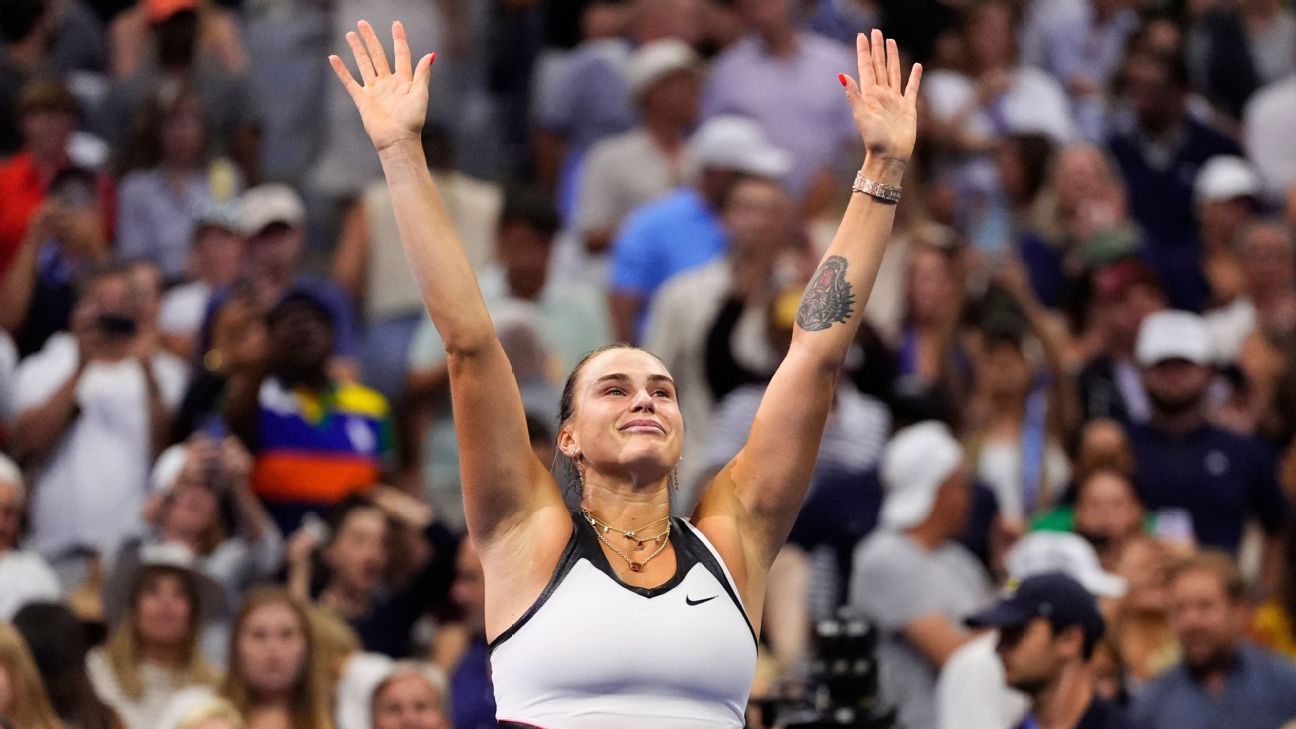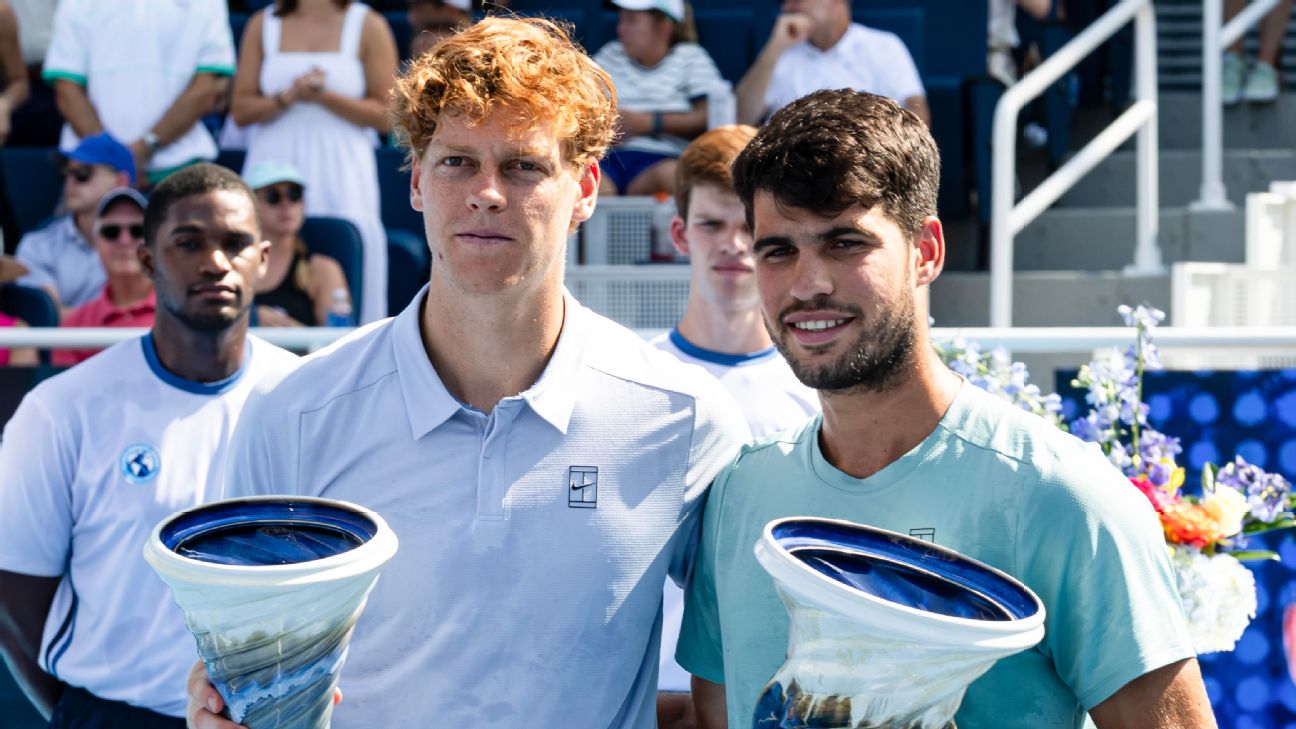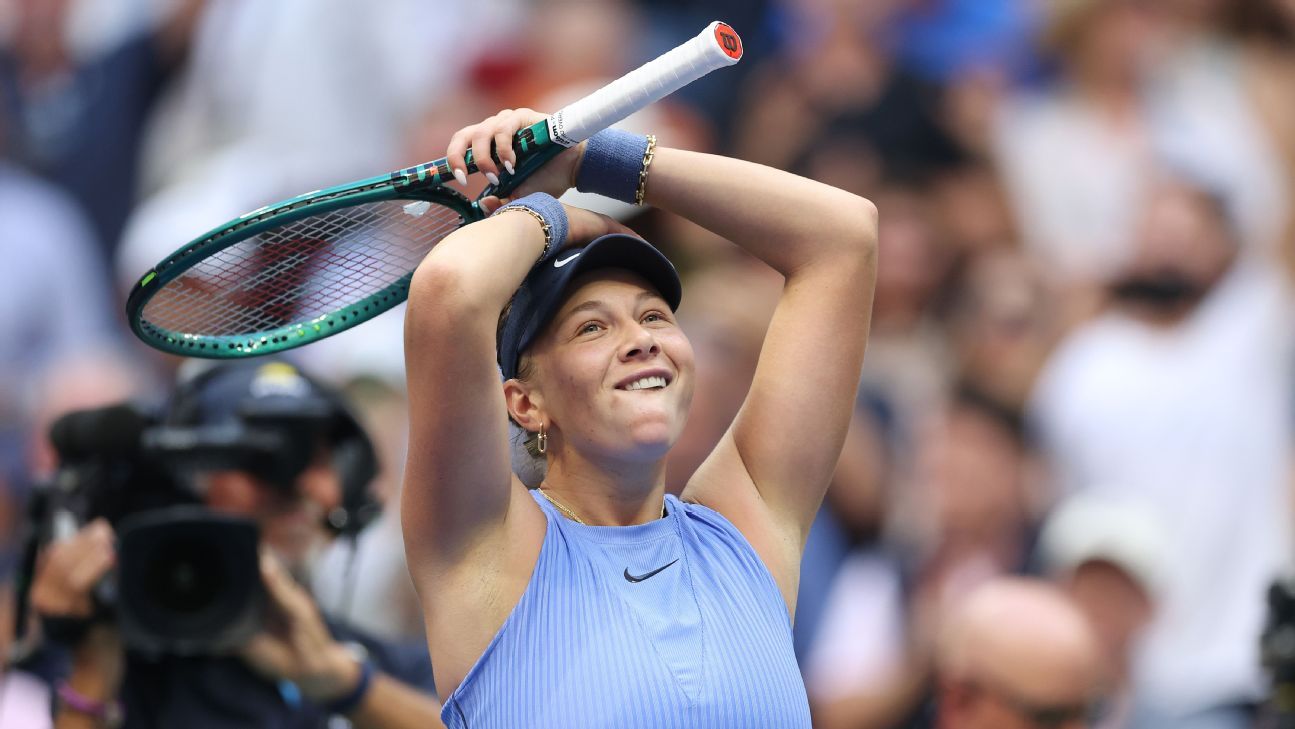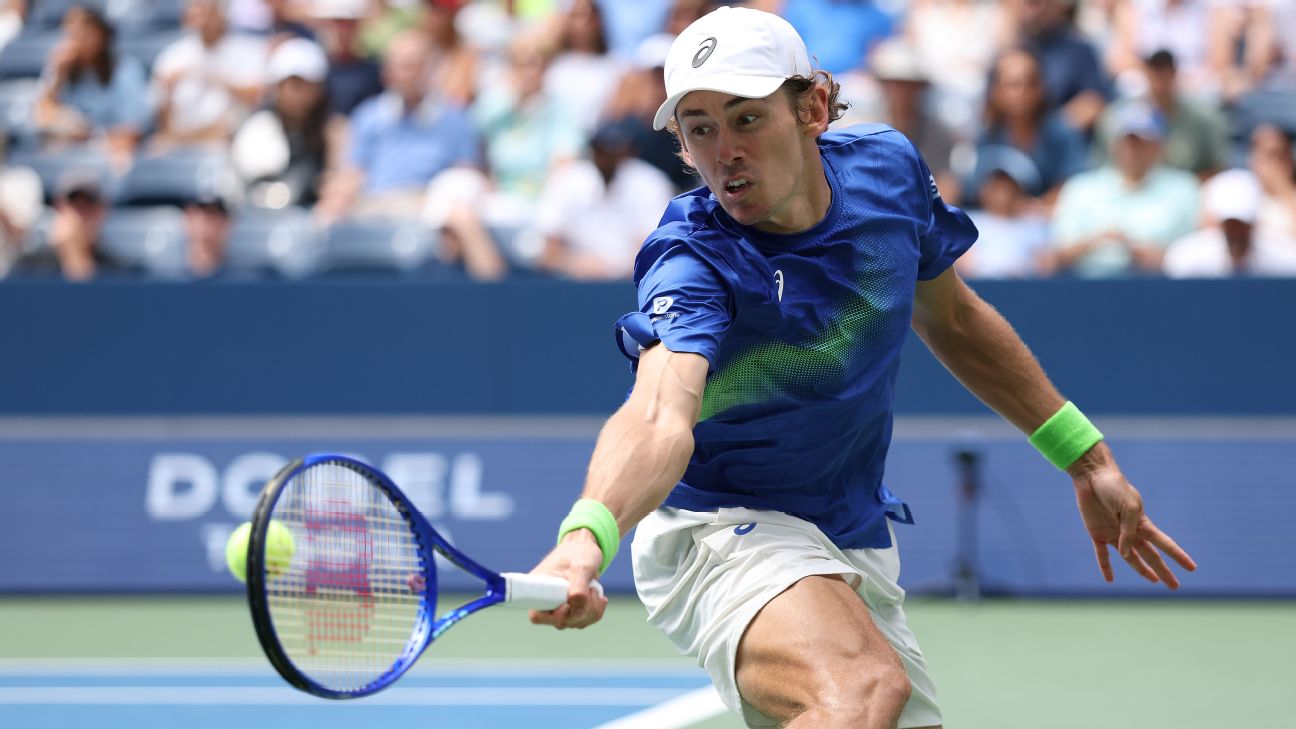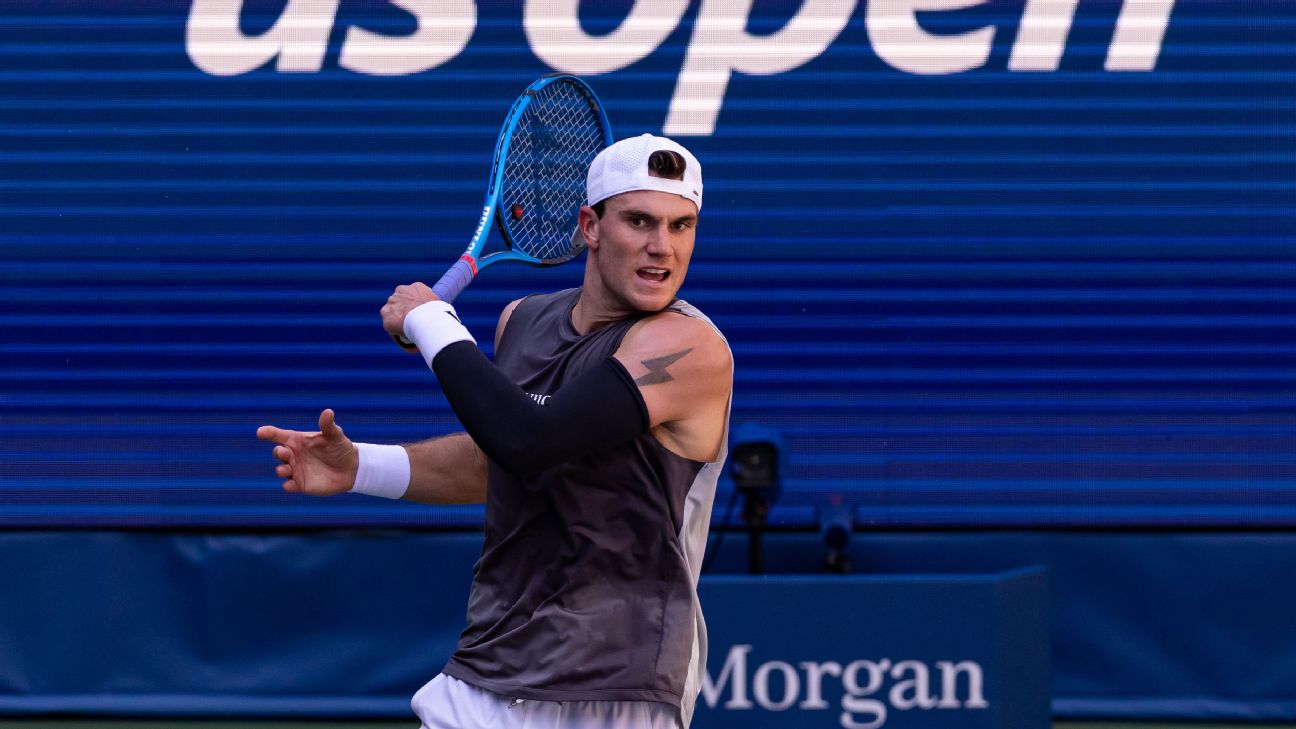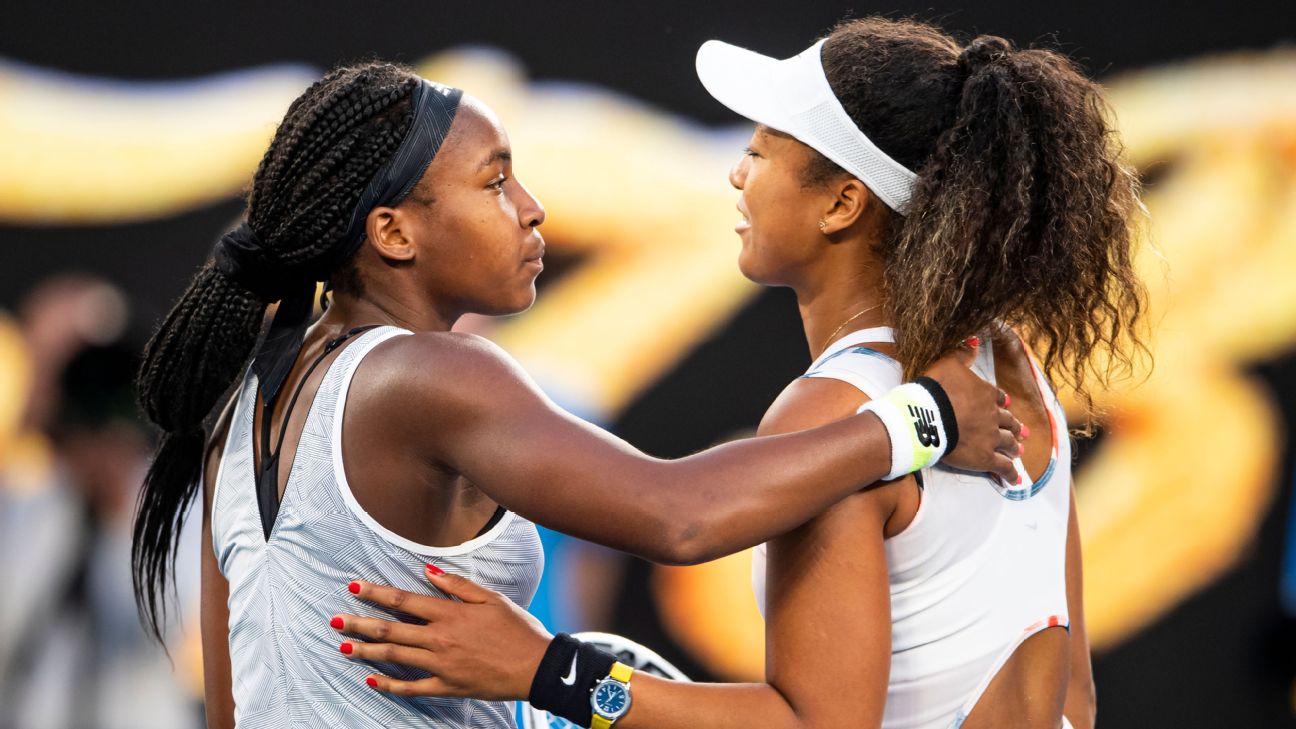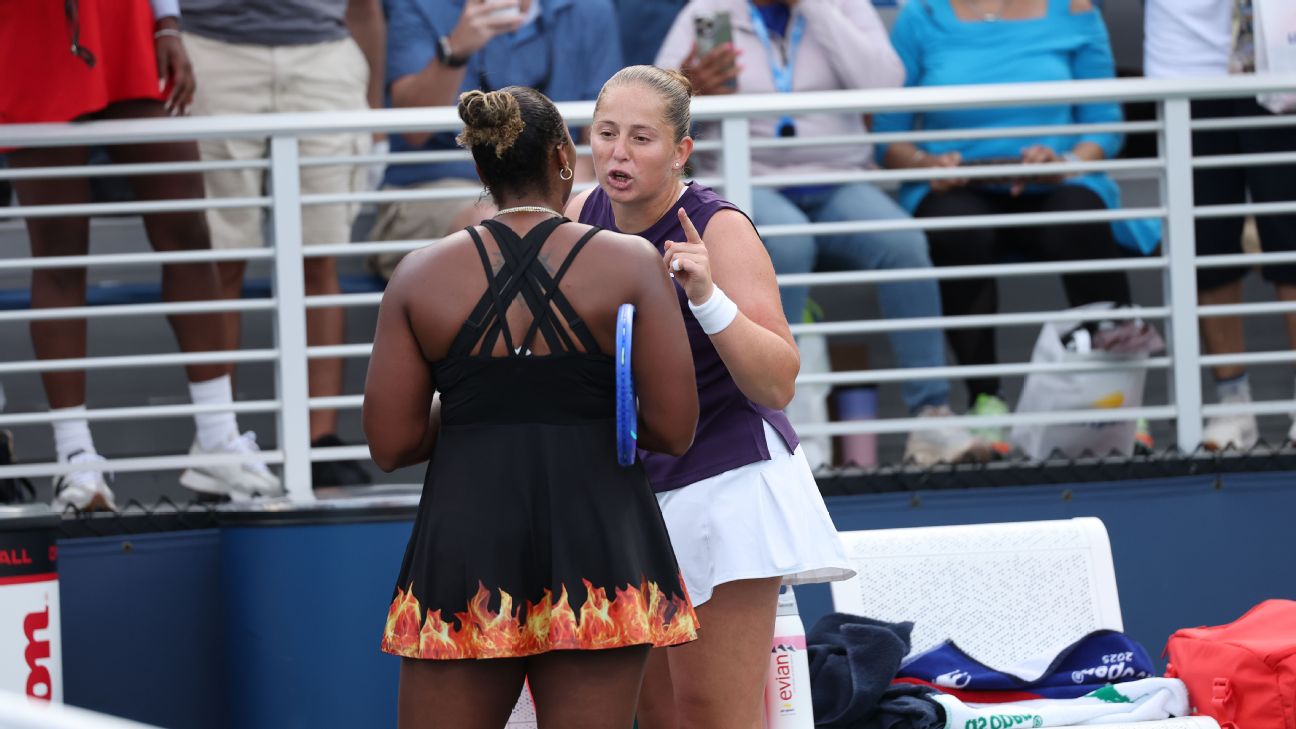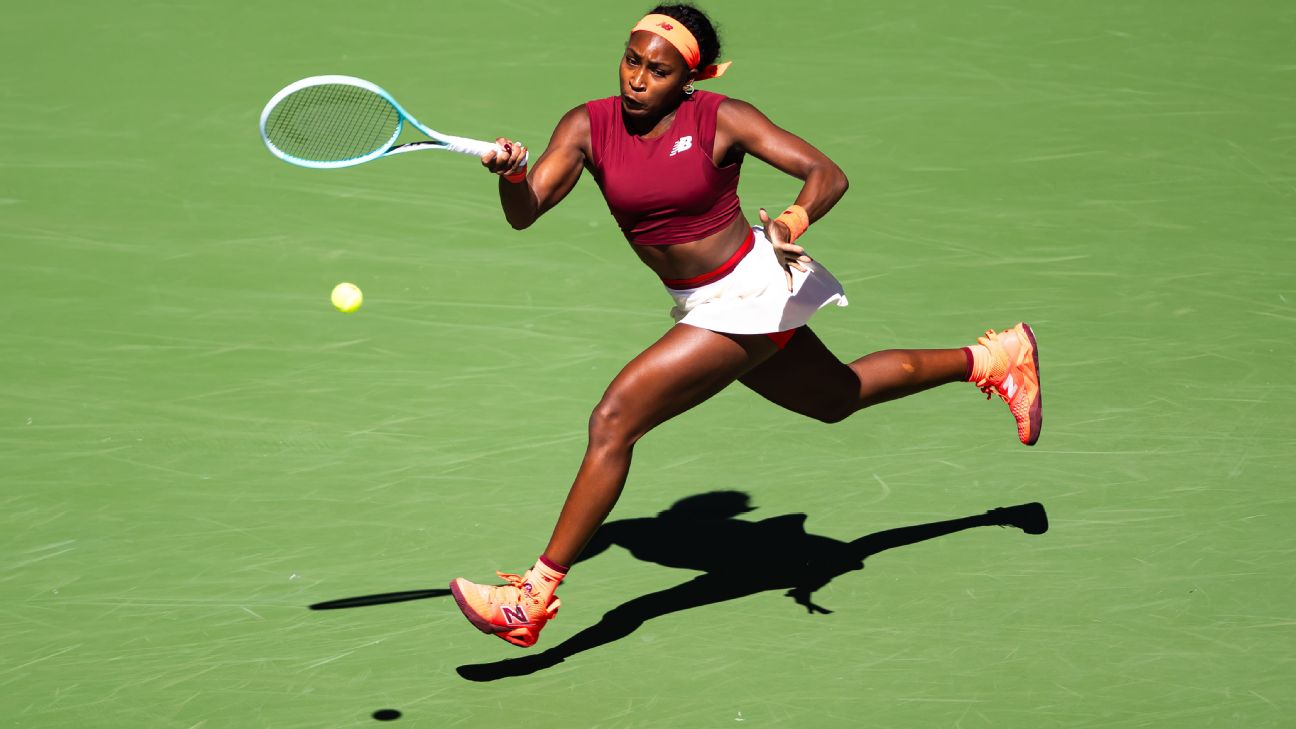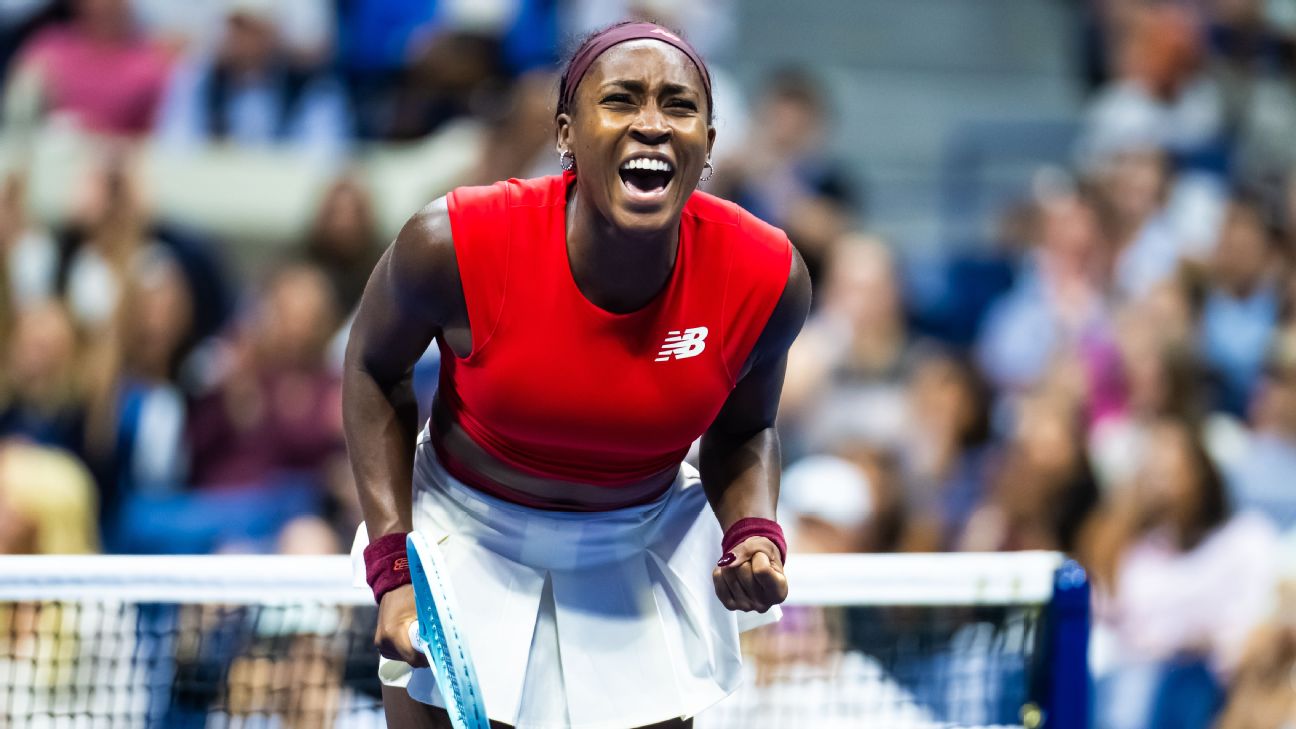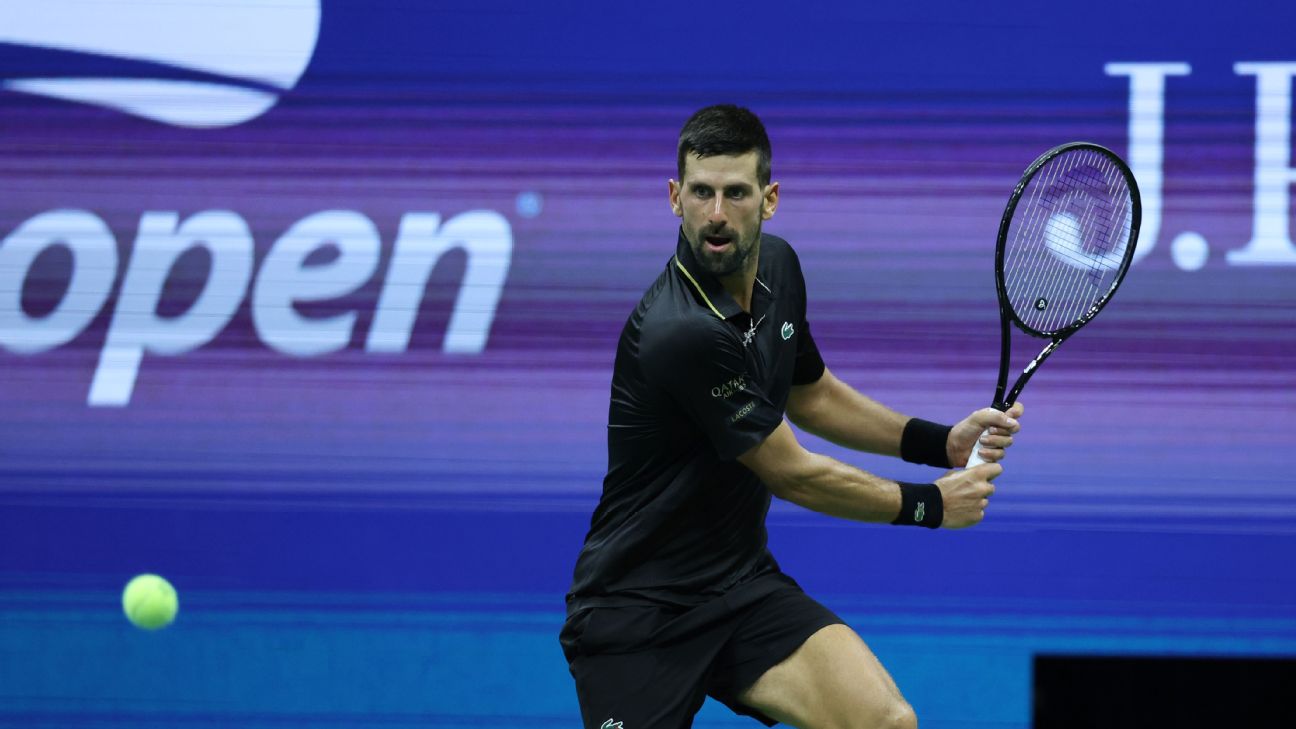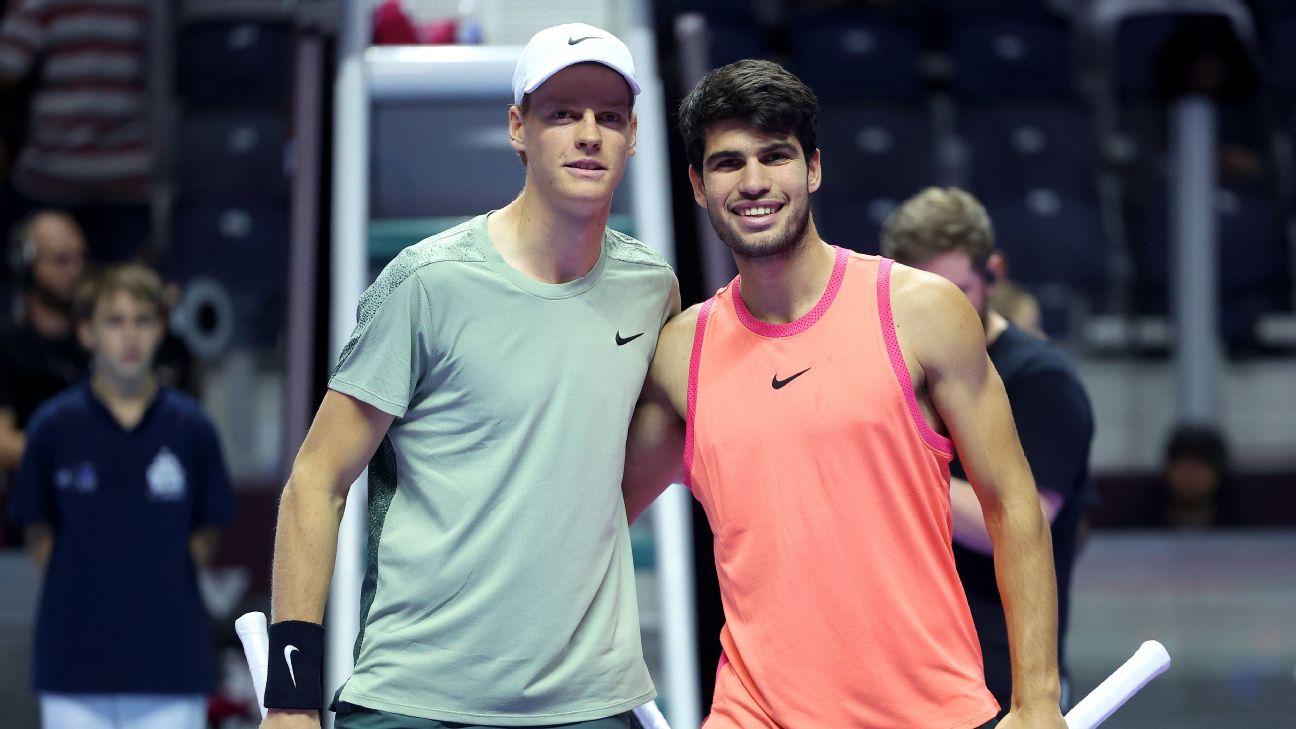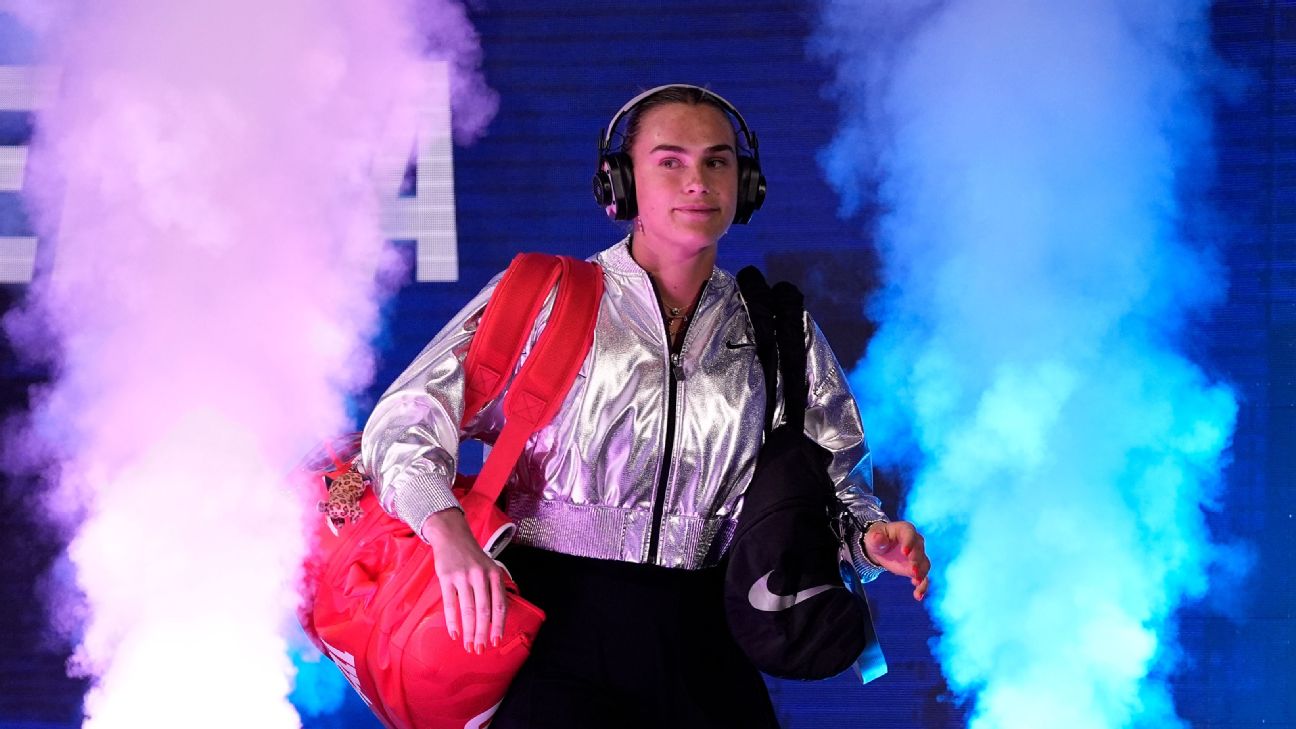Reviving the Serve-and-Volley: A Timeless Tactic in Modern Tennis
Explore how the serve-and-volley tactic remains a powerful strategy at Wimbledon, with insights from top players like Alcaraz and Djokovic.
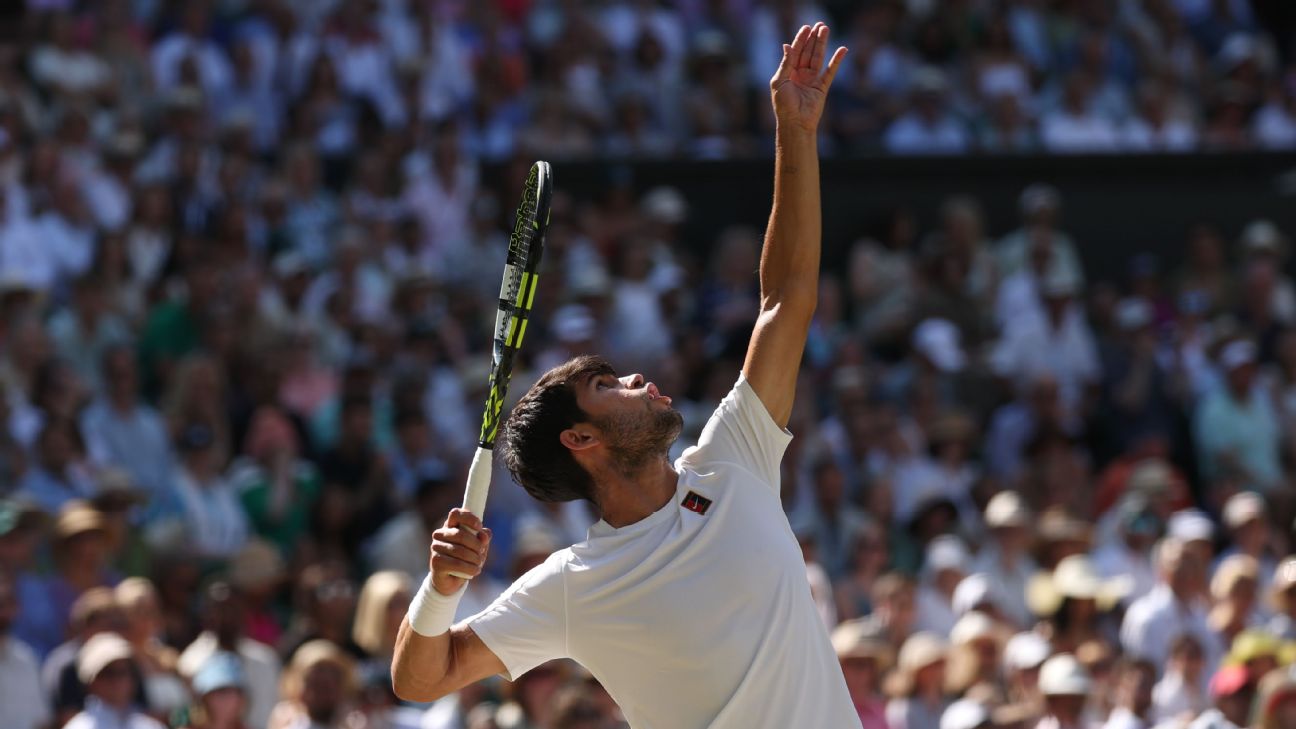
The serve-and-volley, once a staple of grass-court tennis, has seen a decline in recent years. However, at Wimbledon 2025, this classic tactic has proven its enduring effectiveness. Players like Carlos Alcaraz, Novak Djokovic, and Ben Shelton have utilized it to great success, demonstrating that it still holds a significant place in modern tennis.
The Resurgence of Serve-and-Volley
Carlos Alcaraz has been particularly effective with this strategy, winning 16 out of 20 serve-and-volley points in his match against Taylor Fritz. "I am just serving really good and I am just feeling really comfortable doing serve-and-volley," Alcaraz said. "I think on grass it is a surface that we can do it more often."
Novak Djokovic, a seven-time Wimbledon champion, also employed the serve-and-volley tactic 64 times across his six matches, winning 70% of those points. His use of this strategy was most notable in his semifinal against Jannik Sinner, where he won 15 of 23 serve-and-volley points.
Historical Context
In the late 1990s, the serve-and-volley was a dominant tactic, accounting for 60% of points in men's singles at Wimbledon. However, changes to the grass and advancements in racket technology led to a decline. By 2008, only 10% of points were serve-and-volley, and in 2025, this figure has dropped to just 4%.
Despite this decline, the success rate of the serve-and-volley has remained consistent, ranging between 65% and 71% from 1997 to 2025. This indicates that while it may be used less frequently, it remains a highly effective tactic.
Player Insights
Ben Shelton credits his father, former professional Bryan Shelton, for inspiring his use of the serve-and-volley. "He kind of inspires the way that I'm playing on grass, the way that I'm moving forward, how I'm cutting off angles," Shelton said.
Jordan Thompson, who served and volleyed more than any other player at this year's Wimbledon (31%), believes the tactic is still highly effective on grass. "The grass is still slow, but it's grass, so not letting the ball bounce, taking it out of the air, it's going to pose a problem for any guy," Thompson explained.
Conclusion
While the serve-and-volley may no longer be as prevalent as it once was, its effectiveness at Wimbledon 2025 proves that it is far from obsolete. Players who master this tactic can still gain a significant advantage on the grass courts, keeping alive a cherished aspect of tennis history.













